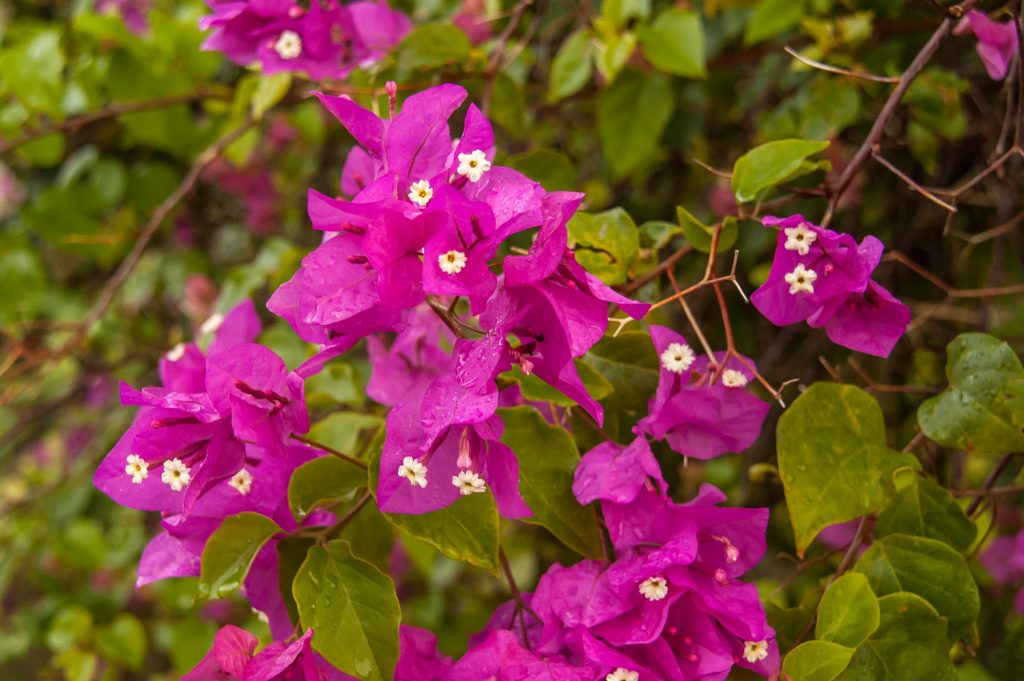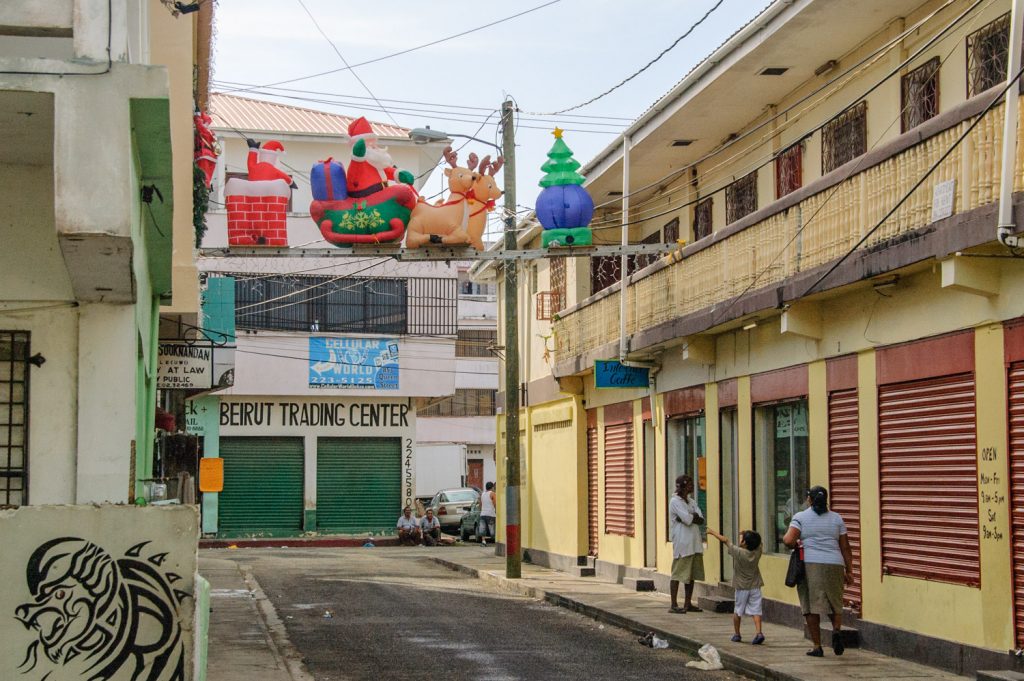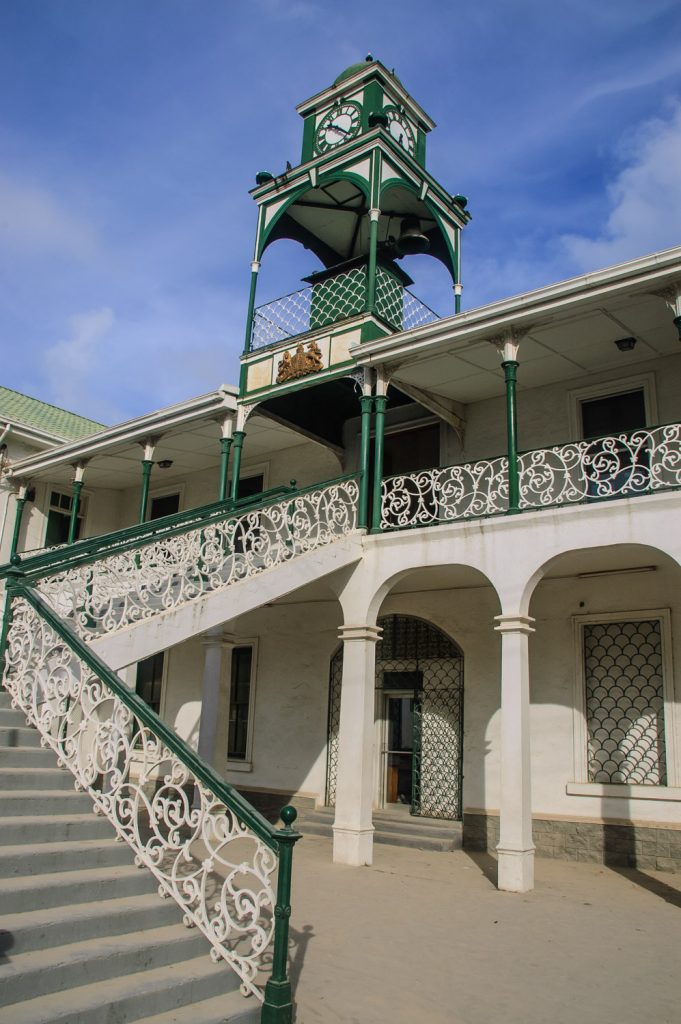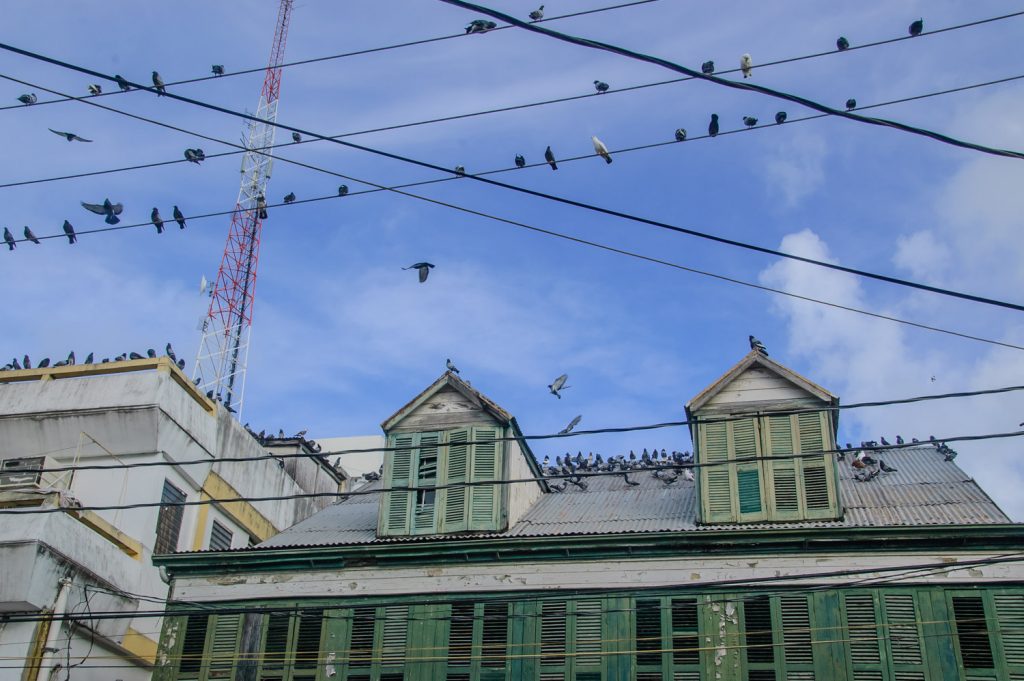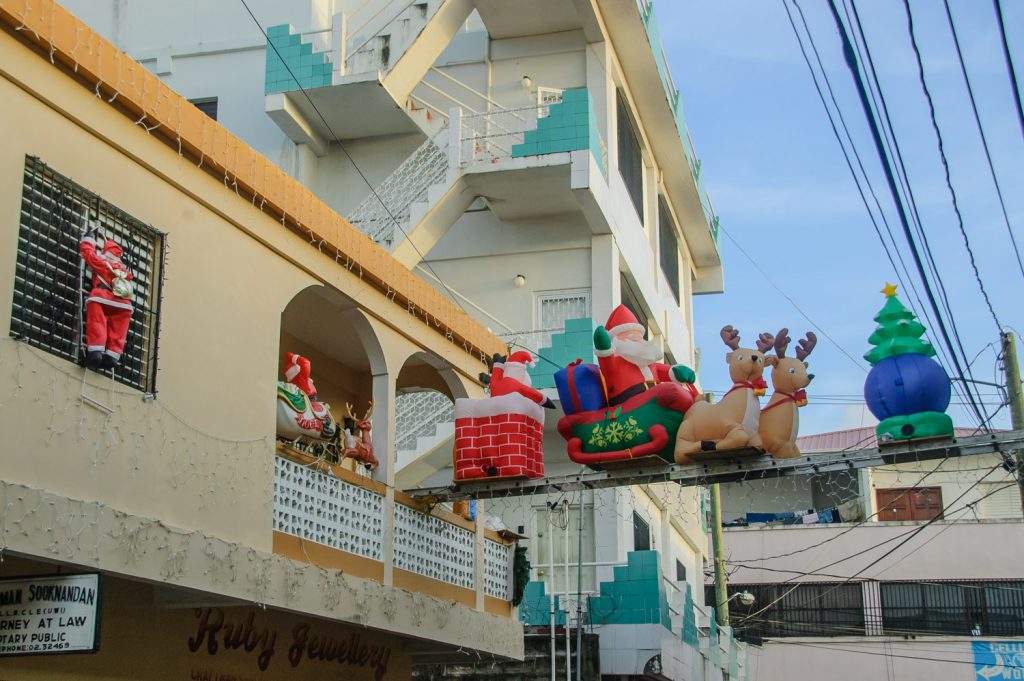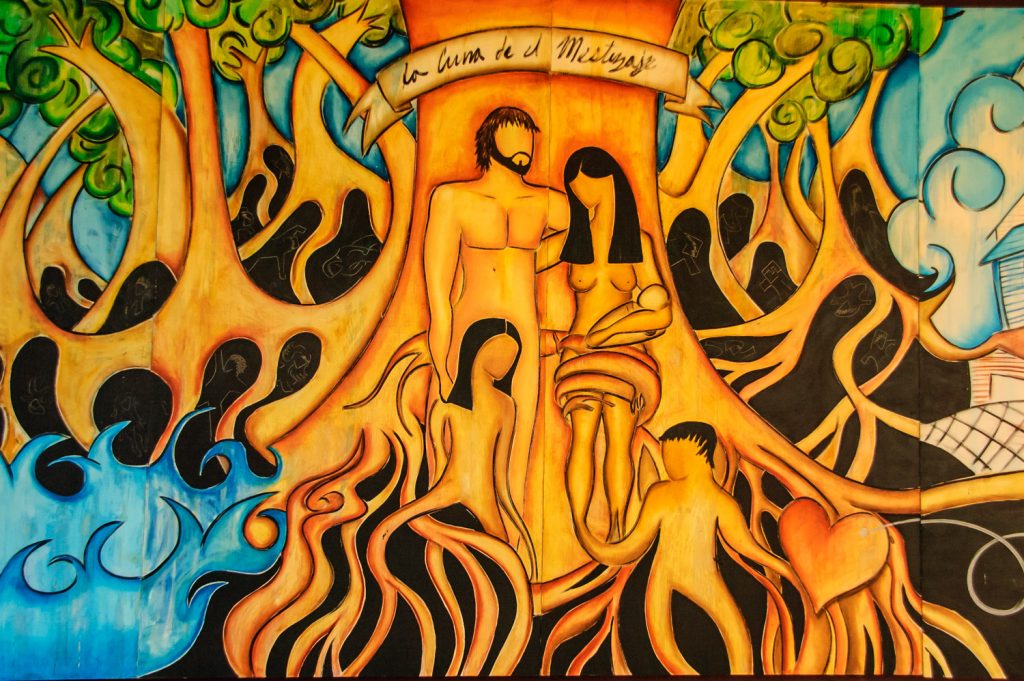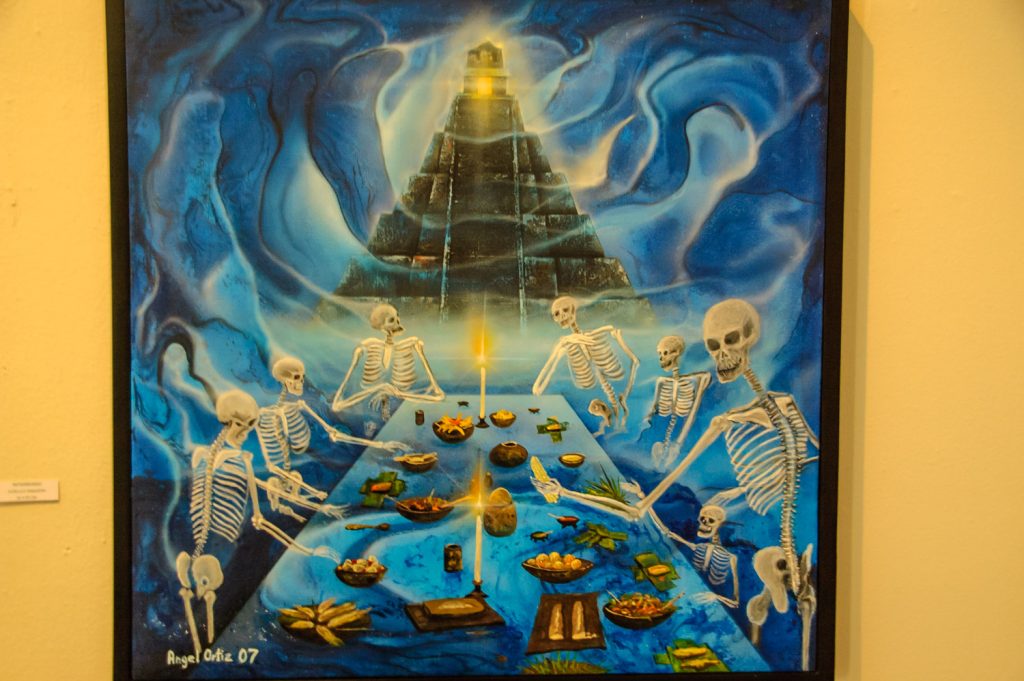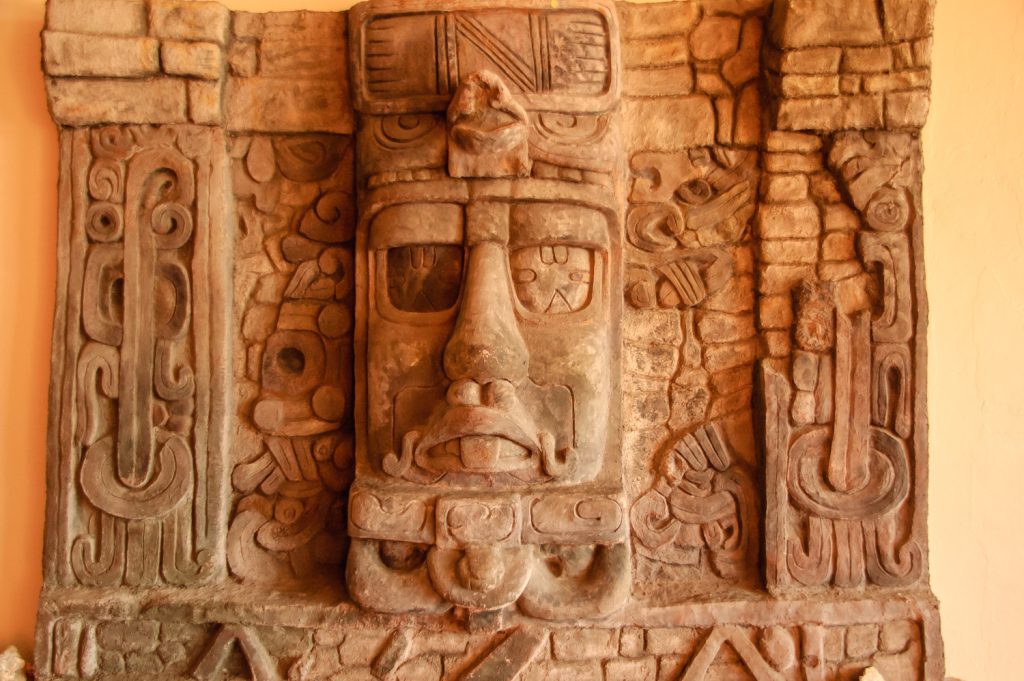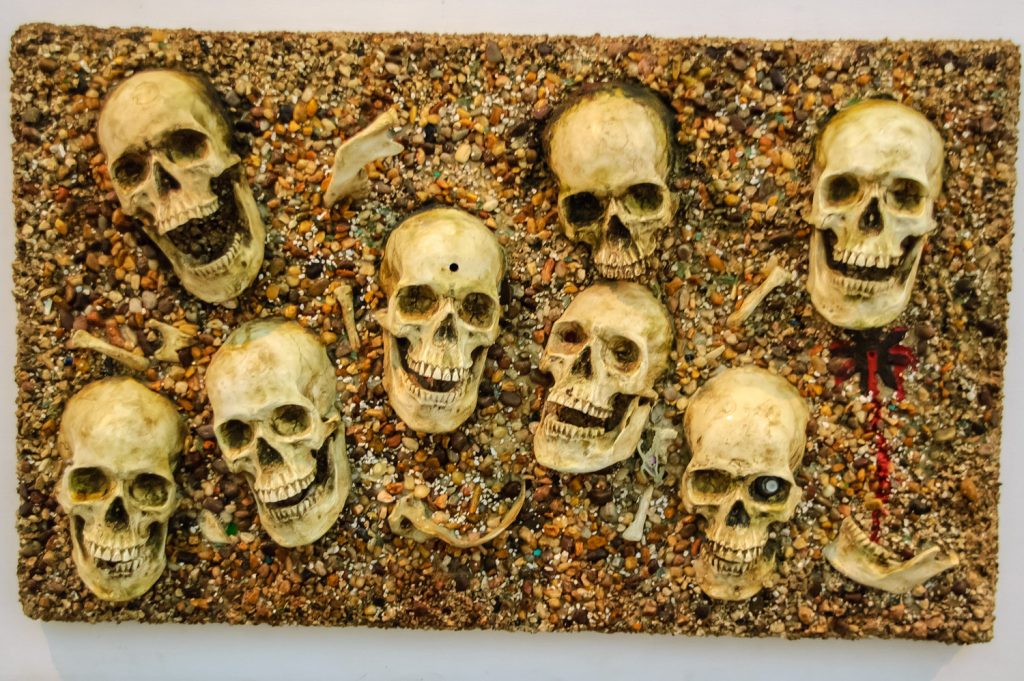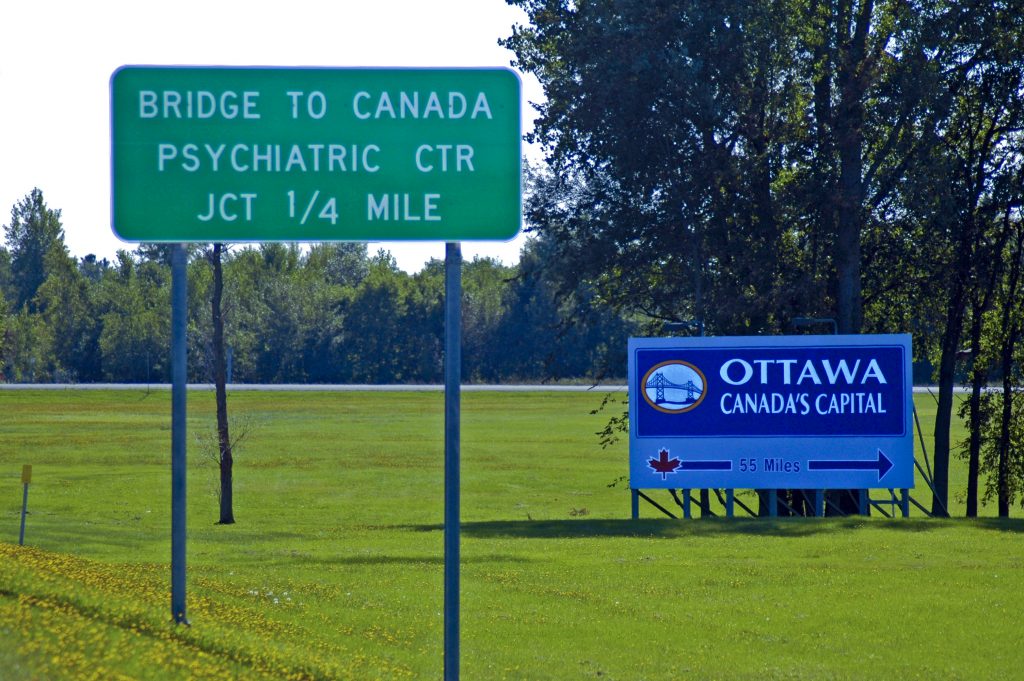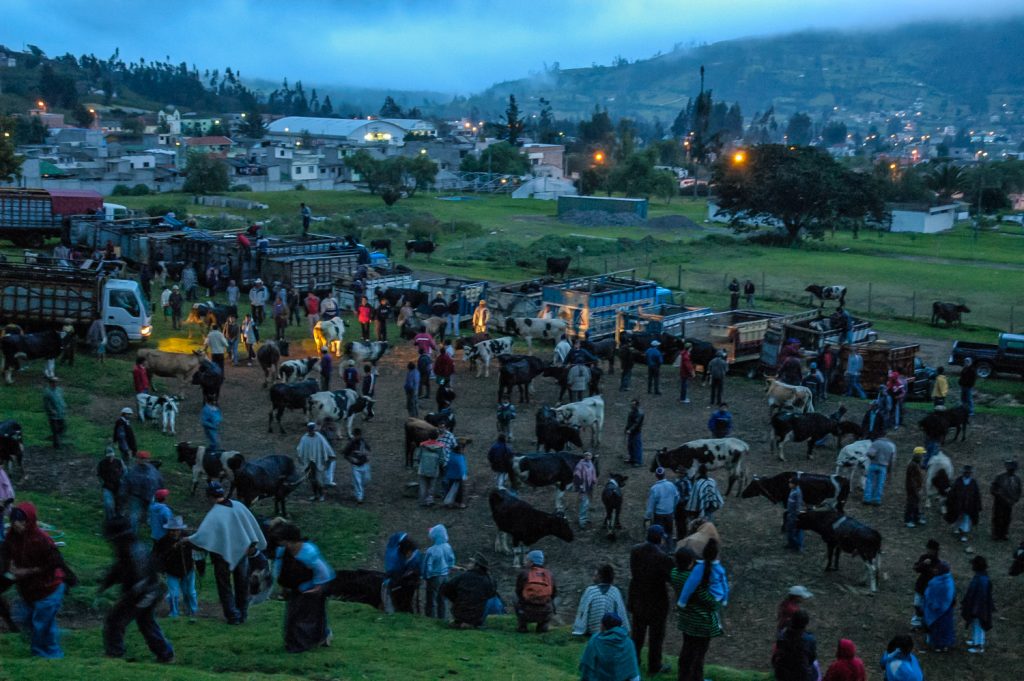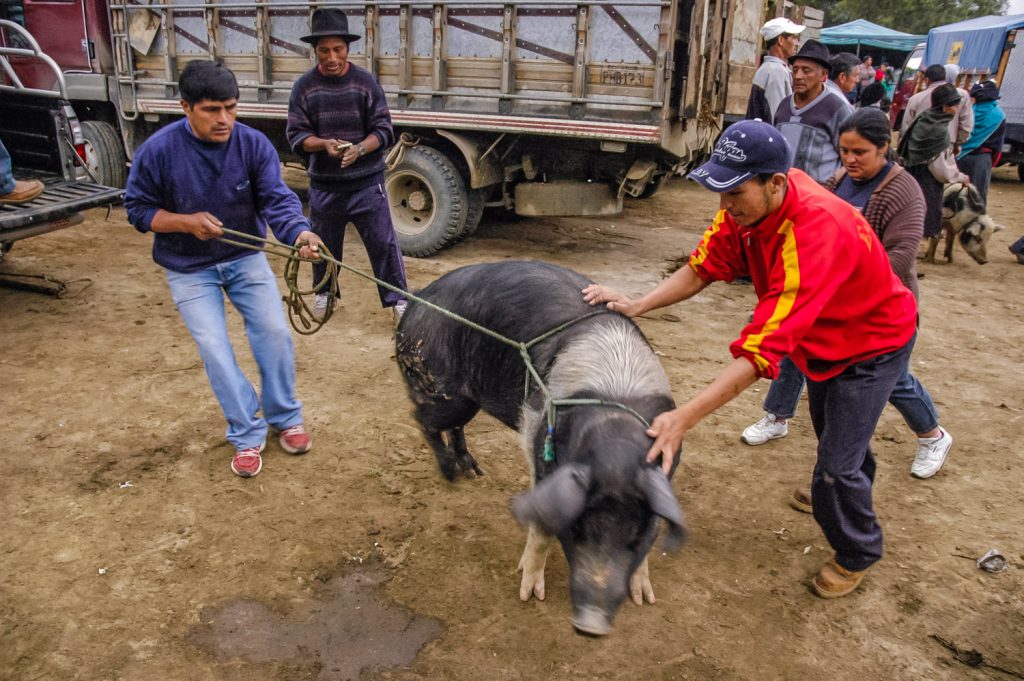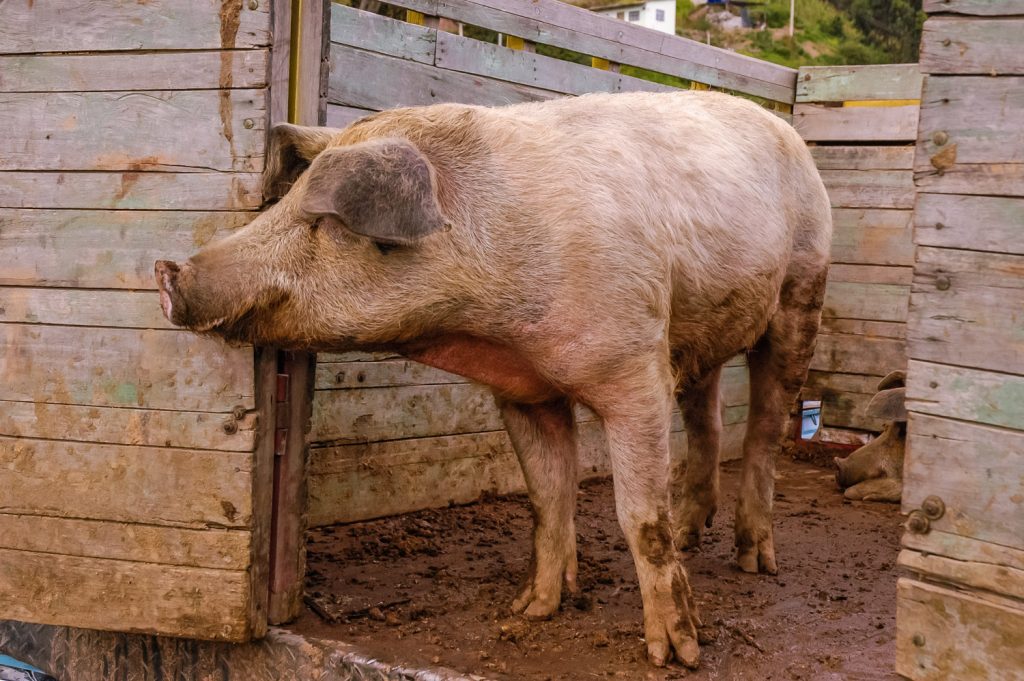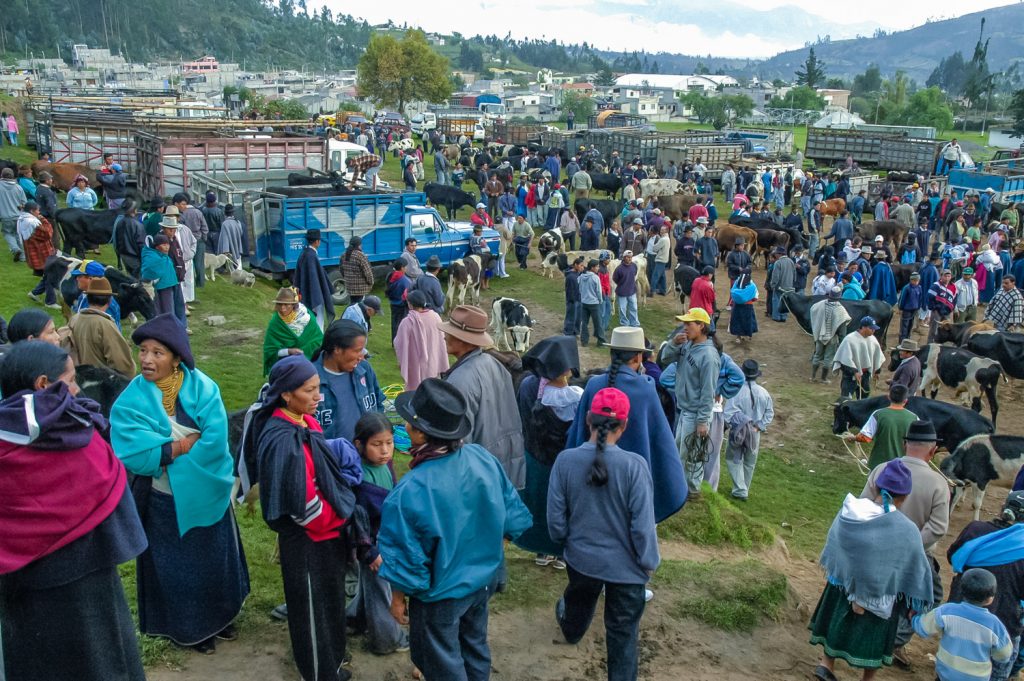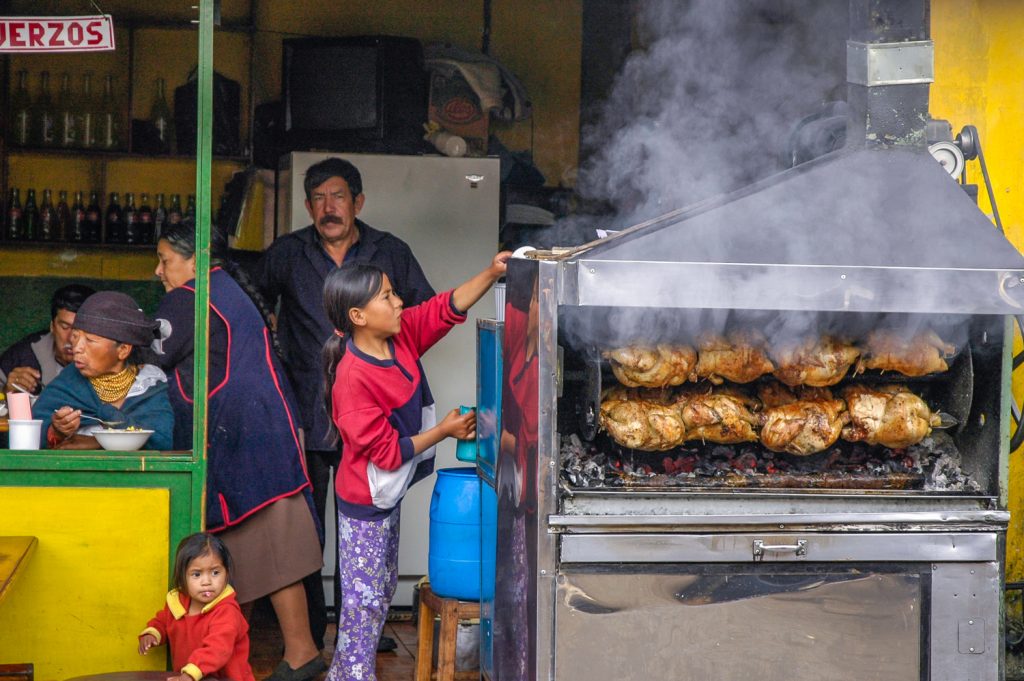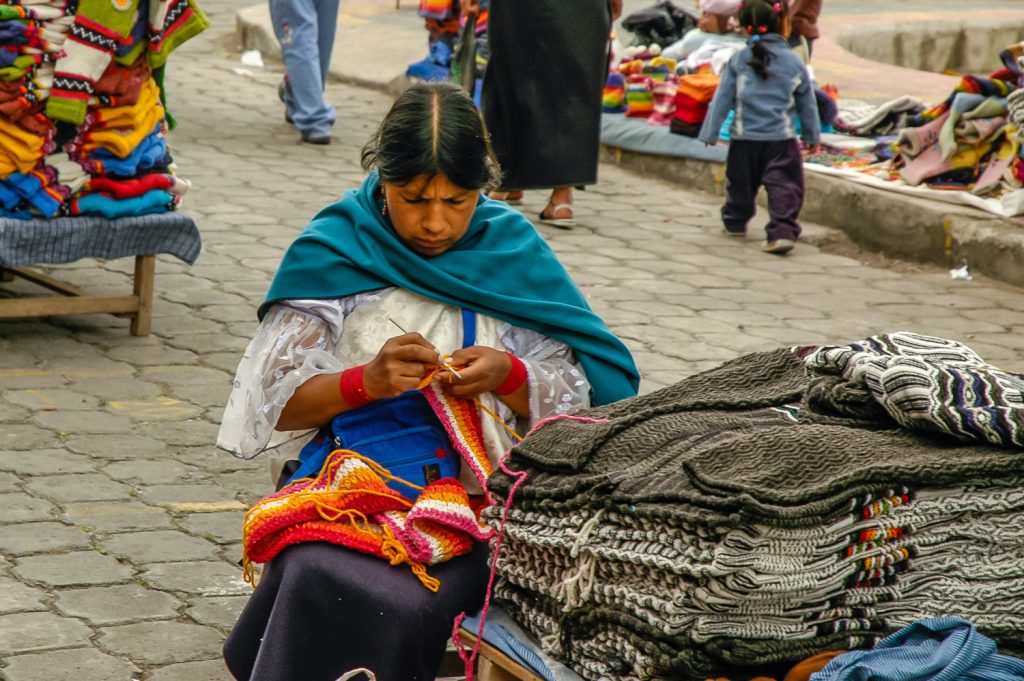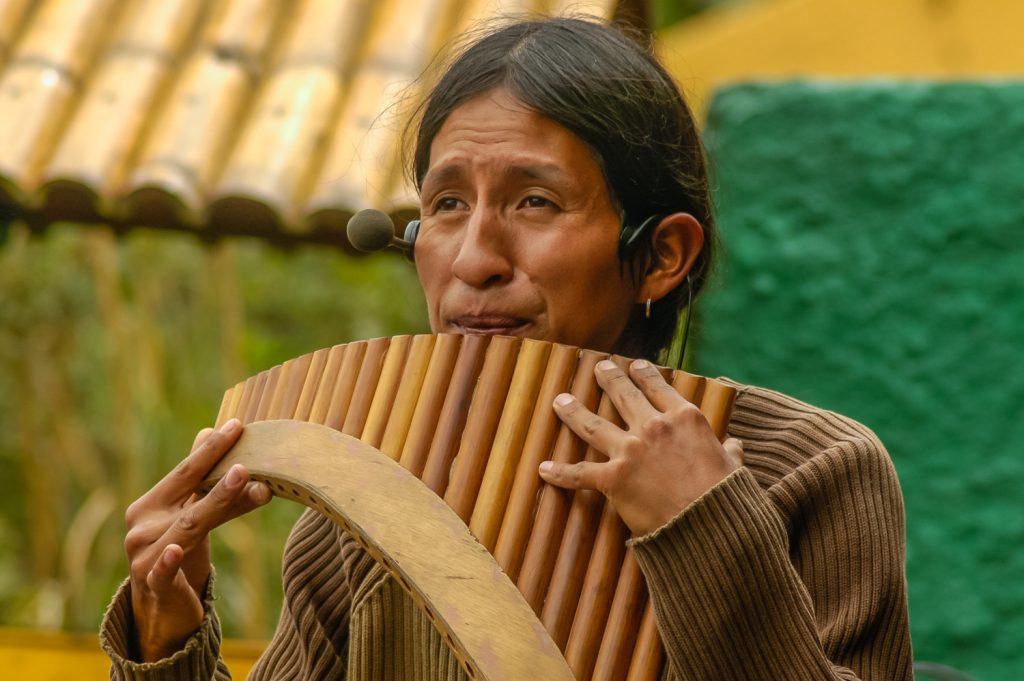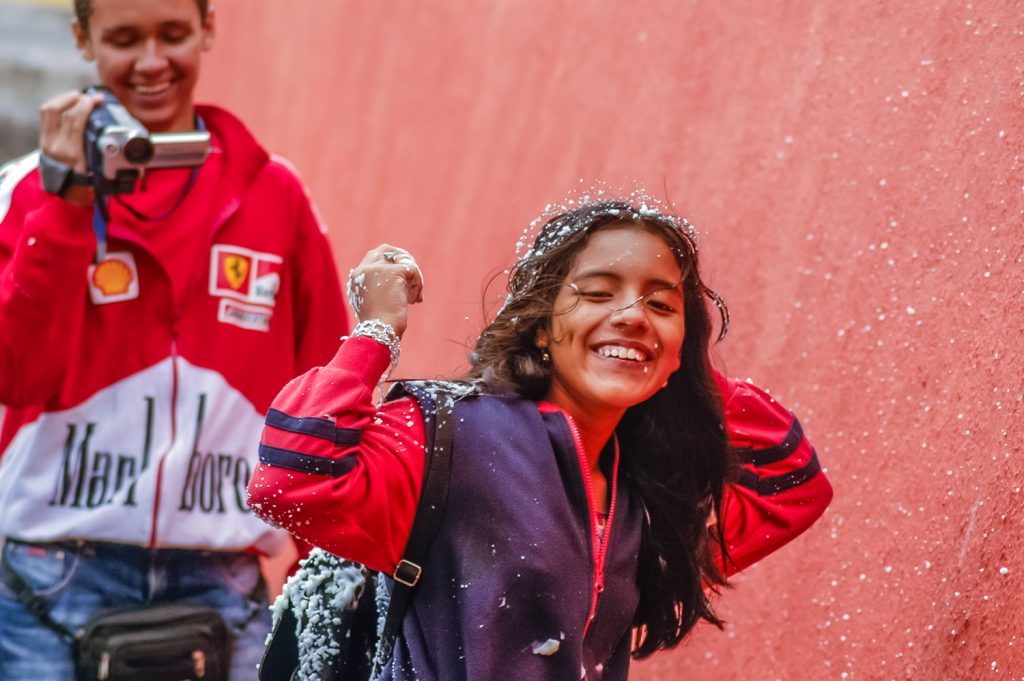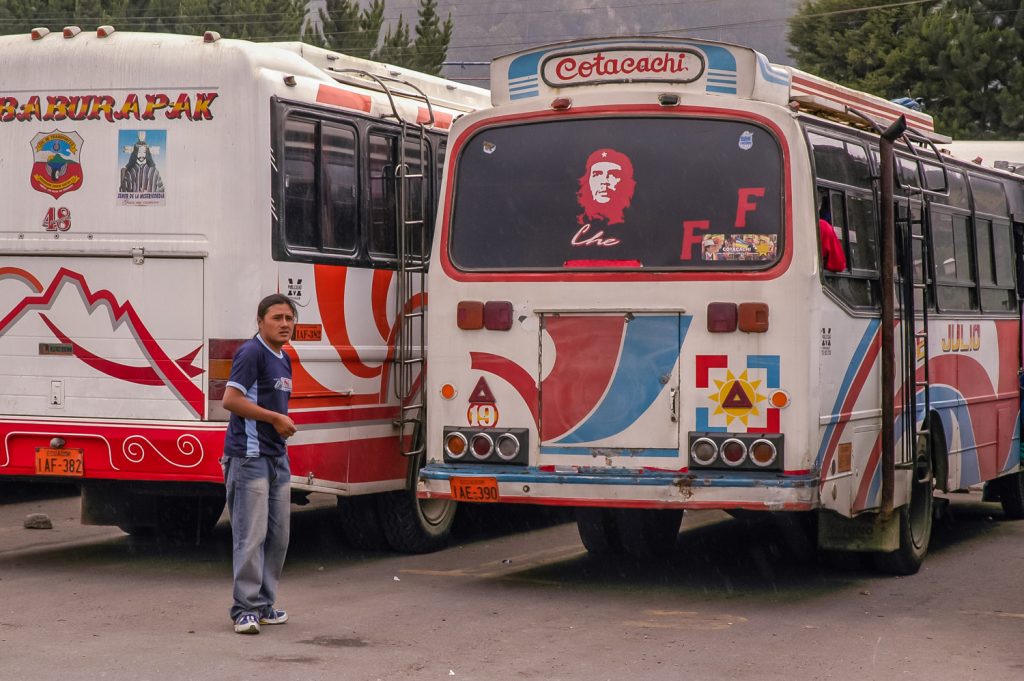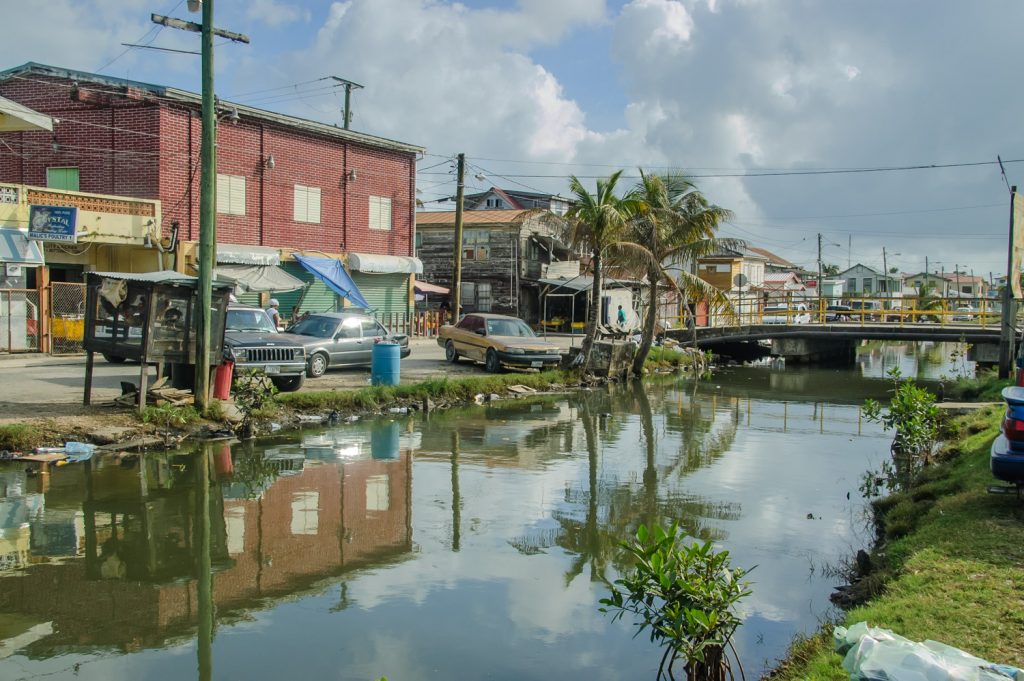
It’s a short bus ride across the border from Chetumal, Mexico, into Belize, but there’s a world of difference.
You board the bus to Belize at Chetumal’s new market north of the town. Some beaten up buses were pulled up by the market, and immediately the driver’s assistant from one called out to me in English and told me his bus was leaving at 10:30, in about 20 minutes. The bus looked like a 1960s vintage one that might have been used for intercity runs in North America a long time ago — a sign at the front still said that “federal law” requires you to remain behind the white line. Belize is not a federation. The door to the toilet in the back was shut with a wire that you had to untwist when you wanted to use it, and the driver’s assistant warned me it was only suitable for “number one.” And this was a first class bus. The normal buses, as in Guatemala, are old Blue Bird school buses with seats designed for children.
The driver and his assistant were both like many Belizeans — a racial mixture of black and Mayan. He spoke Spanish one minute to Latino passengers, switching to English depending on the colour of the passenger’s skin.
Many Mexicans were going to the border for the Free Zone, an area between the Mexican and Belize customs posts with Mexican-style shopping centres. The border was easy, and the guard who stamped my passport said: “Welcome to Belize. Fun in the sun? I wish I was you.” Just a little different from crossing into the U.S.!
The difference across the border was remarkable. The infrastructure was suddenly rundown and ramshackle, a sharp contrast to Mexico, which has developed enormously over the past 30 years. The road was narrow with no centre line, and this is the main northern highway. Some of the houses were wooden constructions on stilts. The people were a kaleidoscope of races, though mainly black and mestizo, and many people, perhaps 30% according to one cab driver, speak Spanish as a first language. But there are also other ethnic communities, notably East Indian and a surprising number of Chinese, who seem to be thoroughly involved in the business community, as are overseas Chinese elsewhere. My hotel in Belize City is run by a Chinese family, and I was awakened with a loud conversation in Chinese outside my window.
Belize City can best be described as “dodgy looking” (the term used in the Lonely Planet Guide). There are twisty streets, ramshackle buildings, and the city is marked with several of what are euphemistically called “canals,” but are more accurately described as open sewage trenches. Several times I saw rats, both dead and alive, in the streets. When I walked downtown on Sunday late afternoon, the streets were pretty empty except for a few guys who called out to me to see if I wanted a taxi, and some thin and diseased looking old men who asked me for spare change. Today, Monday, the stores are open, and there are more normal looking people around, but I’m still extremely careful where I walk and when I dare to take out my camera.
One cab driver talked to me a bit about how when he was a kid they used to sing God Save the Queen, and Belize was a colony, British Honduras. Guatemala has long claimed Belize, and he says the Americans are unlikely to get involved in Guatemala invaded because Guatemala is of more economic value to the U.S. Guatemala has a huge army compared to Belize, which I pointed out, is mostly used against its own people, rather than foreign invasions. Traces of the British influence still remain — the Queen is on the money, though it’s a younger picture than on the Canadian money. Some of the downtown buildings like the courthouse have GR on them — no doubt from one of the King Georges. And when I bought some bananas, a woman told me they were “a shilling” — when I looked puzzled, she told me that was 25 Belize cents (12.5 cents U.S.)
Today I visited the Belize Zoo, which I’ll describe in another post. Tomorrow I’ll catch a water taxi to Caye Caulker, a large coral reef out in the Caribbean.
